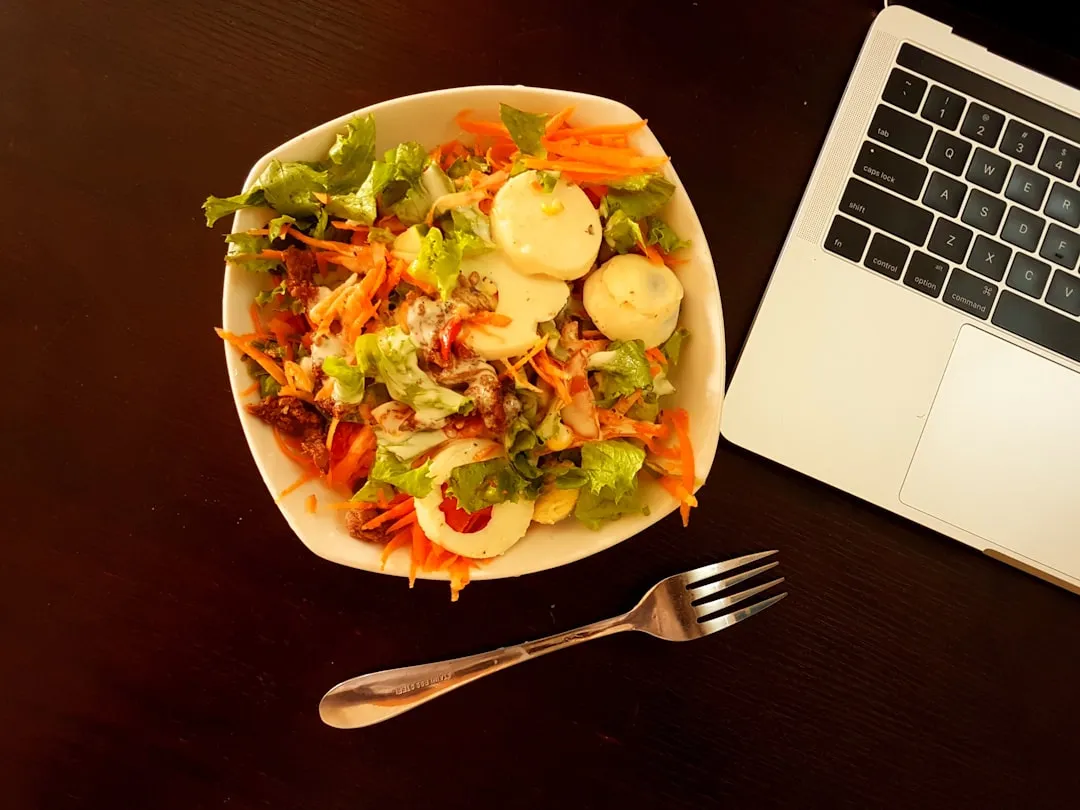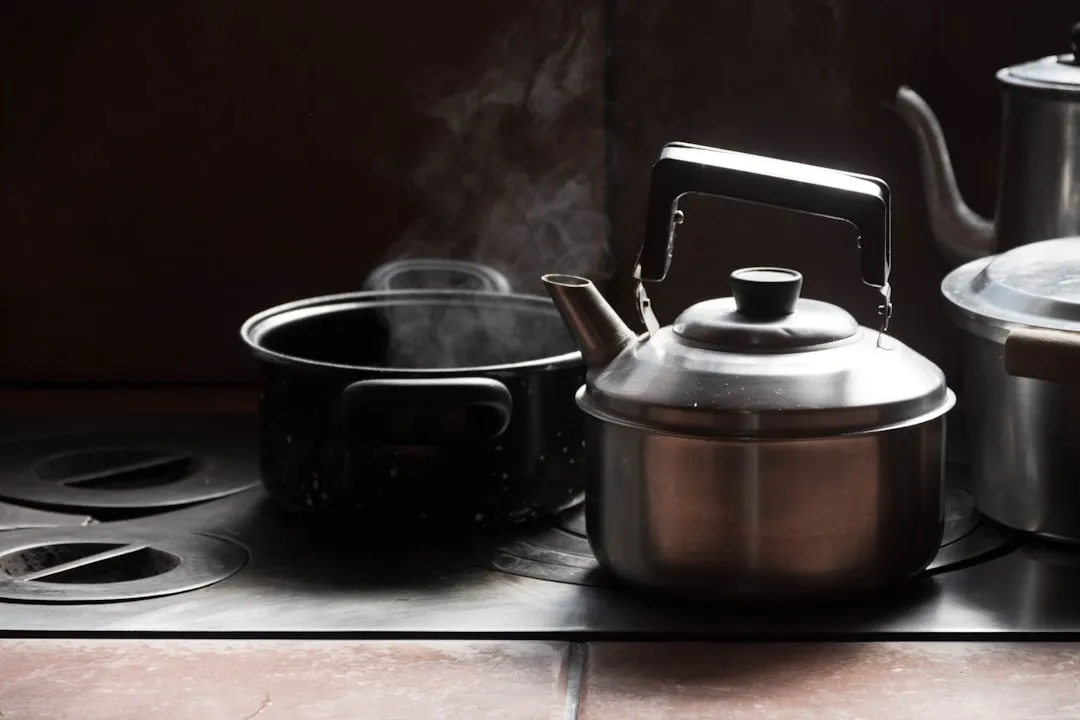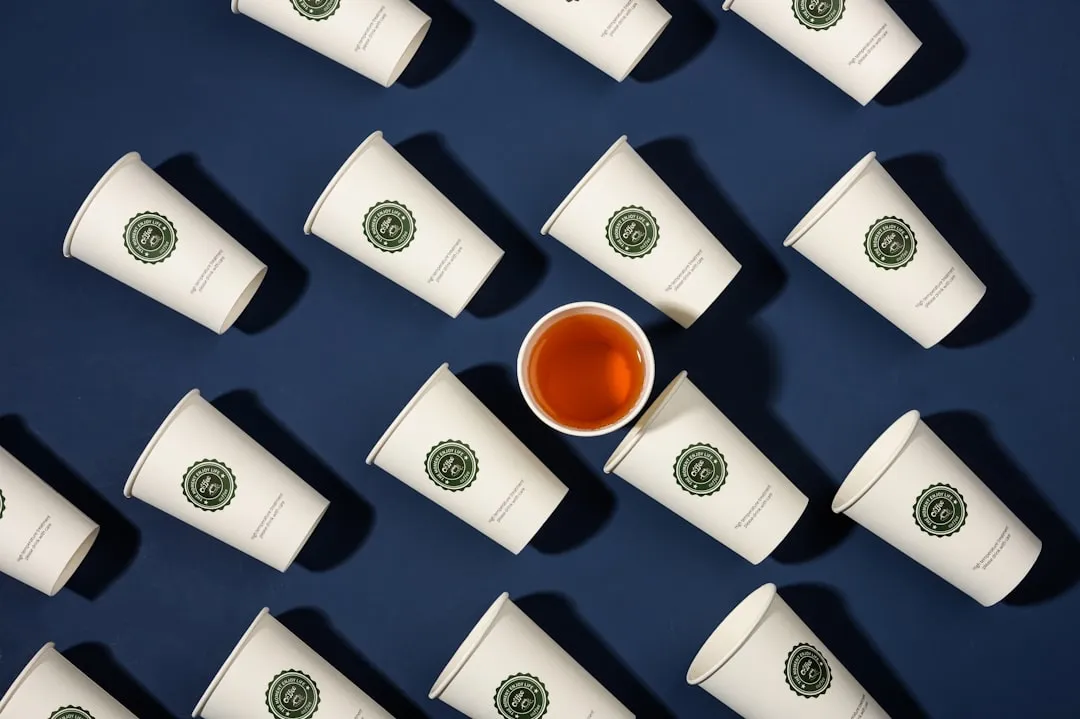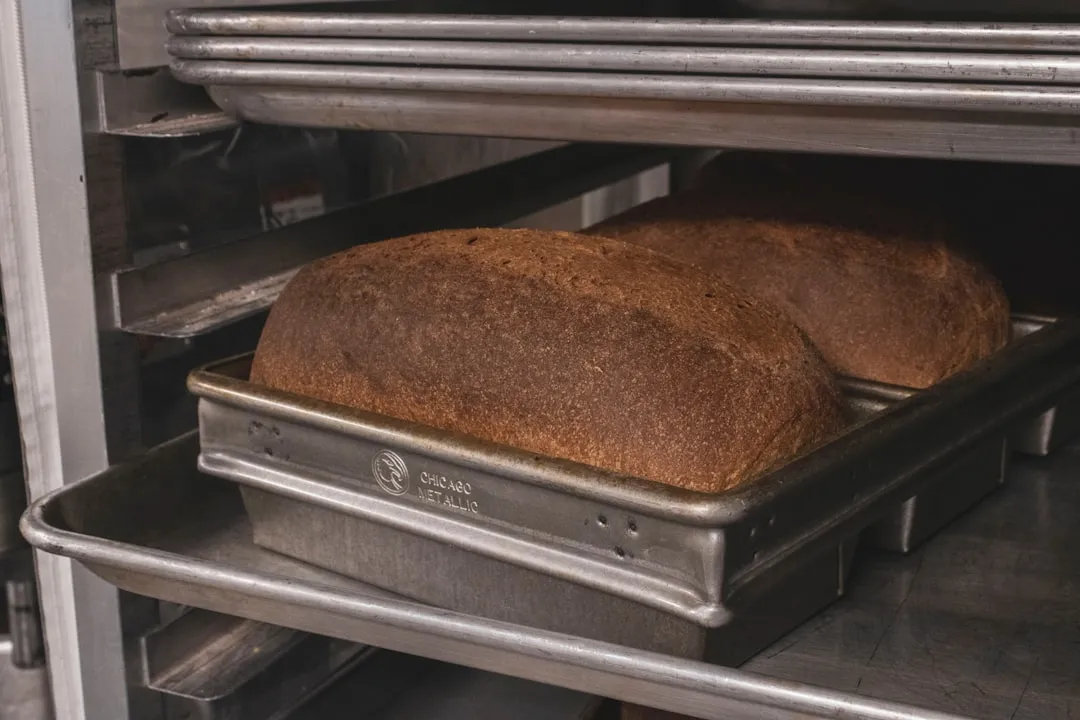Coffee! It's so amazing that J.S. Bach wrote a comic opera about caffeine addiction. Meanwhile, more than half of Americans 18 years or older start their day with a cup of the hot stuff. Most of us take coffee for granted, but it's a bean that can surprise you. Read on to understand more about coffee and how to take advantage of all that it offers.

A little coffee can make you happy, but too much can make you...pee.
#1. Poop Coffee: This Is a Thing
I know it sounds crazy, but it's true: kopi luwak, as it's called in Indonesia, is extremely high-end coffee that can cost up to $60 for four ounces. Civet cats like to eat the fruit of the coffee plant (aka coffee cherries), and their digestive processes separate and ferment the bean...which then ends up in your cup o' joe, if you've got the cash.

A civet cat + coffee cherries = one high-priced cup of java.
But before you decide that you have to have a taste of this rare beverage, keep in mind that its popularity means that production has become less authentic. Many civets are being kept in cages and fed coffee fruit in order to sell more cat poop coffee.
If you're feeling really intrepid, then check out this awesome guide from Brian Kraft, which gives you a step-by-step how-to of how to find and harvest your very own kopi luwak.

Yep, that would be cat poop with coffee in it.
However, it doesn't stop there. Now other types of coffee that have been, er, "processed" via animals are on the market. Jacu bird poop coffee went for $3,250 per 132 pounds in 2012. And lest you think it's only small animals in on the game, elephant poop coffee is also considered a pricey delicacy.
Before you rush out and try to order any and all of these beverages, The Washington Post reviewed cat poop coffee. The result? Not good. The reviewer compared it to dinosaur droppings and bathtub water.
#2. Coffee Matches Its Movements to Yours
Mechanical engineers Rouslan Krechetnikov and Hans Mayer analyzed how and why coffee spills from a container while you're walking, and provided the world with some useful tips on how to avoid those hot, painful spills.

What scientist call oscillating, you and I call sloshiing.
It turns out that most everyday mugs, when filled with hot coffee, produce oscillations (simply put, movements to and fro) that match the stride of whoever's carrying it. That means you and your coffee are moving in tandem—but any irregularities in speed as you walk are more likely to increase the oscillations of the coffee, and thus the chance of spillage.
Thankfully, preventing this problem is easy and pretty much lines up with what you already know: walk slower. Keep a large gap between your coffee and the top of your mug (at least one centimenter). Watch your coffee, not your feet. And if you have to speed up, do so slowly.
But if you really want a thorough rundown on how to avoid spilling coffee while you walk, be sure to check out our full guide. (Yes, it's that big of deal.)
#3. The Ultimate Diet Drink? Coffee...with Butter
Some people have only coffee for breakfast, thinking it can help them lose weight. However, while caffeine does suppress appetite, skipping breakfast makes your metabolism slow down.
However, you can take a tip from paleo-dieters and add real butter (not the spreadable kind) to your java. Adding butter, which is higher in fat than cream or whole milk, will slow down the digestive process and actually maximize the beneficial effects of caffeine.

Is bulletproof coffee for you? The only way to find out is to try it.
You can read more about buttering up your coffee here.
#4. Decaffeinated Coffee Does Not Mean Caffeine-Free
Ever noticed how even a cup of decaf will leave you feeling slightly more awake? That's not the placebo effect. Turns out there is a little bit of caffeine in decaf, so be aware.
Coffee beans are generally decaffeinated in two ways. In the first method, the green coffee beans are processed with water and the resulting extracted caffeine is absorbed by sucrose-treated charcoal. In the second method, a solvent like methylene chloride (mostly used in Europe), coffee oil, or ethyl acetate (an ingredient also used for making glow sticks) is directly moved among the young coffee beans, the caffeine is extracted, and the beans are then rinsed with water and steamed to remove any traces of said solvent.

The bigger the cup of decaf, the more caffeine it will have.
However, the first method gets out only 94 to 96% of caffeine. The solvent method is slightly better and takes away 96 to 97%. So if an average 8 ounce cup of regular drip coffee has 163 milligrams of caffeine, the decaf version will still have about 5 to 10 milligrams of caffeine, too. If you're extremely caffeine sensitive, you're better off with herbal tisanes, which are naturally caffeine free, period.
#5. Cold-Brewed Coffee Has Less Caffeine (And Acid, Too)
Fortunately, you can lessen the amount of caffeine your regular coffee has simply by altering your brewing methods. Cold-brewed coffee famously has far less caffeine and acid and is versatile, too, since it can be heated up (unlike traditionally brewed coffee, which can't be reheated without being gag-inducing).

Cold-brew coffee is easy to make and can be served hot or cold.
Meanwhile, using a French press or Vietnamese filter brewer will also produce far less caffeine than the average percolator.
Most importantly, though, you should...
#6. Know Your Arabica from Your Robusta
Always check the label on your coffee and see what kind of bean it's made from. Arabica beans are generally more highly prized for their refined flavors. Meanwhile, Robusta beans are much hardier, but they're considered inferior in flavor. Oh, yeah, and they have twice as much caffeine as their Arabica sibling.

Green coffee beans. L: Arabica; R: Robusta.
#7. Smoking Affects How You Process Caffeine
Namely, it means that you need three to four times more coffee than a non-smoker to get a similar buzz. And while caffeine is actually an antioxidant, it's really only healthy in small amounts. Yet another reason to quit smoking if you haven't already.

This is what a smoker's work desk looks like.
#8. High Achievers Drink a Lot of Coffee
Beethoven, Proust, Balzac: What did these genius types all do? Drink lots and lots of coffee. Mason Currey, who writes about the daily rituals of artists, calls coffee "the great uniting force" of his book on the same subject. Indeed, when you read the book, you'll find that the artists and geniuses who aren't guzzling coffee usually have arcane and steadfast rituals around drinking it.

Ol' Ludwig had to have precisely 60 beans in his morning cup of coffee.
#9. Dark Roast Actually Has Less Caffeine Than Light Roast
Certain types like to think that dark-roasted coffee produces a stronger, more caffeinated cup, but that's not true. Dark and light roasts are simply different ways of processing the coffee bean. If you're trying to get lower caffeine content, you're better off checking whether your coffee is made from Arabica or Robusta and altering your brewing methods.

Light roasts have more acid and caffeine than dark roasts, contrary to popular belief.
NPR points out that dark roasted coffees simply have stronger flavor, but that the longer roasting process actually burns off some of the caffeine.
#10. When You Drink Is More Important Than How Much
Most people drink coffee right when they wake up, but it turns out this is a big mistake. You need to learn to drink coffee in-between cortisol spikes, since the hormone cortisol naturally boosts your alertness. In other words, if you wake up at 7 a.m., the best times to drink coffee are between 9:30 and 11:30 a.m. and 1:30 to 5:00 p.m. You can figure out your own schedule here.

And example scenario of the perfect coffee timing.
Conversely, most people skip caffeine when they nap, but in order to really maximize the benefits of your nap, you need to sip caffeine right before you get a few minutes of rest. The body takes about 15 minutes to process caffeine, which means you should wake up from your nap (a brief one being most likely to energize you and not interrupt your sleep later) with no lag time or grogginess.
#11. Caffeine Doesn't Help You Sober Up
While alcohol definitely cuts into your caffeine buzz, drinking a cup of coffee won't mitigate your blood alcohol levels. Undoubtedly it will help you feel less sleepy after drinking all night long, but it won't improve your ability to make decisions or give you back your sober cognitive abilities, says researcher Thomas Gould of Temple University.

Coffee solo has been show to improve memory and cognition, but it won't negate the effects of alcohol.
So skip those alcoholic beverages that contain caffeine. They won't make you any less stupid—just less sleepy.
Want more? Learn about amazing ways to reuse coffee grounds, how to make bitter coffee taste better with a secret ingredients, and the one thing you're not doing for better-tasting coffee at home.
Cover image via Thomas/Flickr

























Comments
Be the first, drop a comment!